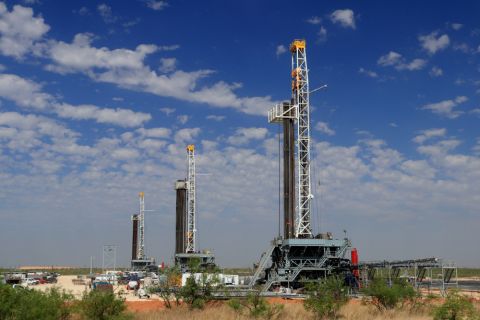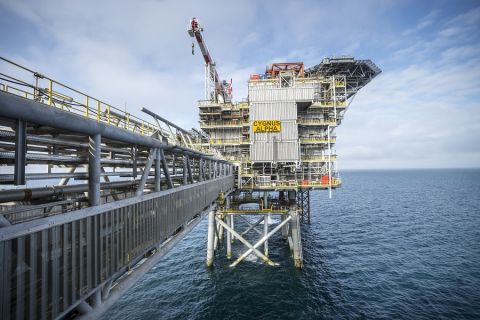U.S. natural gas futures rose about 2% to a fresh one-week high on May 9 on a decline in U.S. daily output and a drop in gas exports from Canada as wildfires shut in some oil and associated gas production.
Prices climbed despite forecasts for milder weather and less U.S. demand over the next two weeks than previously expected.
Front-month gas futures for June delivery on the Nymex were up $0.041 cents, or 1.8%, to $2.279 per million Btu at 9:01 a.m. EDT (1301 GMT), putting the contract on track for its highest close since May 1 for a second day in a row.
Data provider Refinitiv said average gas output in the Lower 48 states has held at 101.4 Bcf/d so far in May, matching the monthly record hit in April.
On a daily basis, however, output was on track to drop by 1.6 Bcf/d to a preliminary five-week low of 100.1 bcfd on May 9. That would be the biggest one-day decline since January. Analysts noted preliminary data is often revised later in the day.
Wildfires in the Canadian province of Alberta caused some producers to shut oil and gas output and pipeline flows. Gas exports from Canada to the U.S. fell to a preliminary 6.7 Bcf/d on May 9, matching May 7’s 25-month low, according to Refinitiv.
That is down from an average of 8.5 bcfd of gas that Canada has exported to the U.S. since the start of the year.
Meteorologists projected the weather would remain mostly warmer than normal through May 23 with fewer Total Degree Days (TDD) than usual for this time of year.
TDDs measure the number of degrees a day's average temperature is above or below 65 F to estimate demand to cool or heat homes and businesses.
With the warmer weather coming, Refinitiv forecast U.S. gas demand, including exports, would rise from 90.2 Bcf/d this week to 90.5 Bcf/d next week as some homes and businesses start to turn on their air conditioners. Those forecasts were lower than Refinitiv's outlook on May 8.
Gas flows to the seven big U.S. LNG export plants have slid to an average of 13.0 Bcf/d so far in May, down from a record 14.0 Bcf/d in April.
On a daily basis, the amount of gas flowing to LNG export plants was on track to drop to a six-week low of 12.2 Bcf/d on May 9 due mostly to reductions at Cameron LNG's terminal in Louisiana and Cheniere Energy Inc's facilities at Sabine Pass in Louisiana and Corpus Christi in Texas.
Last month's record flows were higher than the 13.8 Bcf/d of gas the seven plants can turn into LNG since the facilities also use some of the fuel to power equipment used to produce LNG.
Recommended Reading
Excelerate Energy, Qatar Sign 15-year LNG Agreement
2024-01-29 - Excelerate agreed to purchase up to 1 million tonnes per anumm of LNG in Bangladesh from QatarEnergy.
UK’s Union Jack Oil to Expand into the Permian
2024-01-29 - In addition to its three mineral royalty acquisitions in the Permian, Union Jack Oil is also looking to expand into Oklahoma via joint ventures with Reach Oil & Gas Inc.
Eni, Vår Energi Wrap Up Acquisition of Neptune Energy Assets
2024-01-31 - Neptune retains its German operations, Vår takes over the Norwegian portfolio and Eni scoops up the rest of the assets under the $4.9 billion deal.
NOG Closes Utica Shale, Delaware Basin Acquisitions
2024-02-05 - Northern Oil and Gas’ Utica deal marks the entry of the non-op E&P in the shale play while it’s Delaware Basin acquisition extends its footprint in the Permian.
California Resources Corp., Aera Energy to Combine in $2.1B Merger
2024-02-07 - The announced combination between California Resources and Aera Energy comes one year after Exxon and Shell closed the sale of Aera to a German asset manager for $4 billion.





